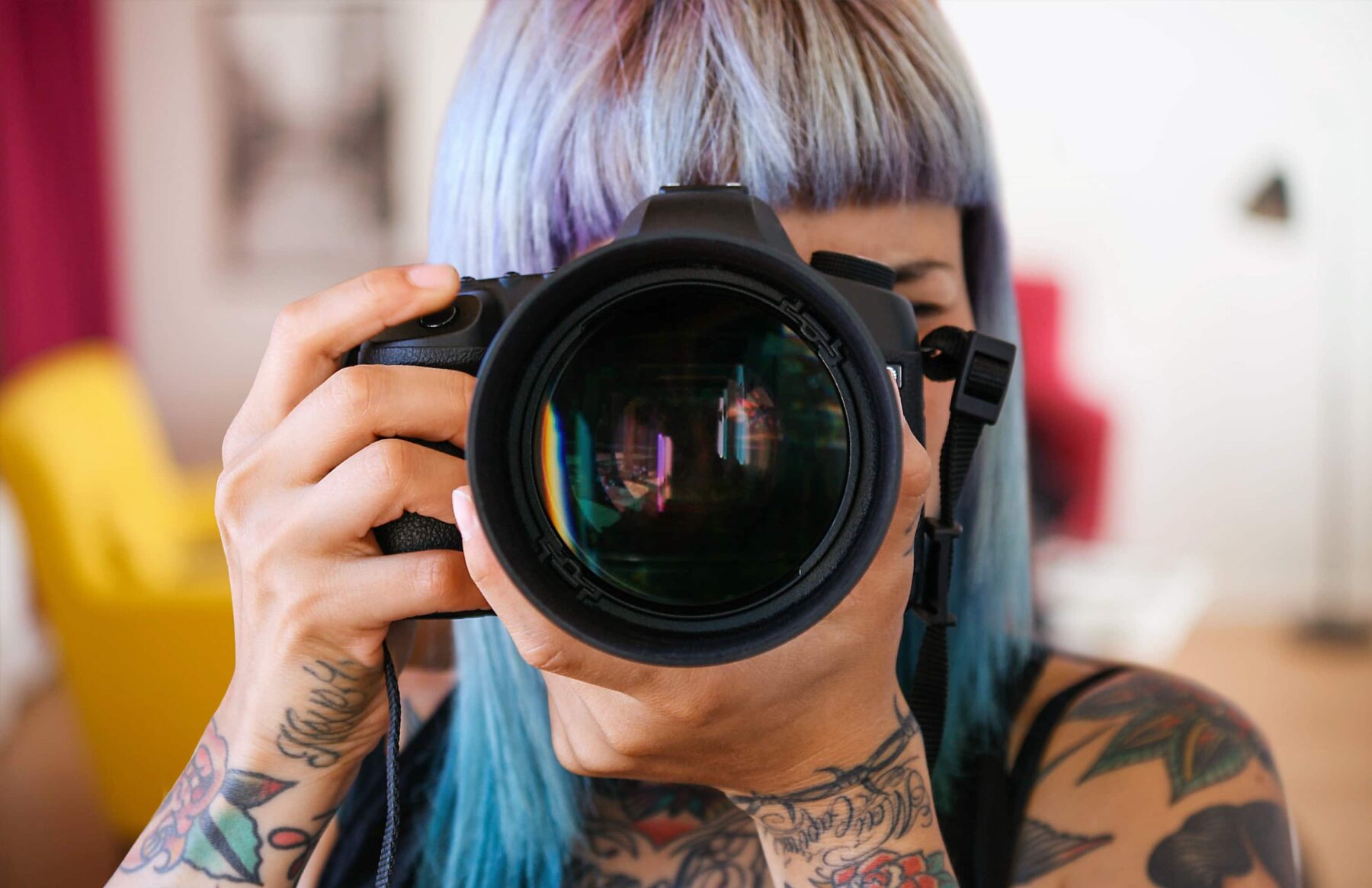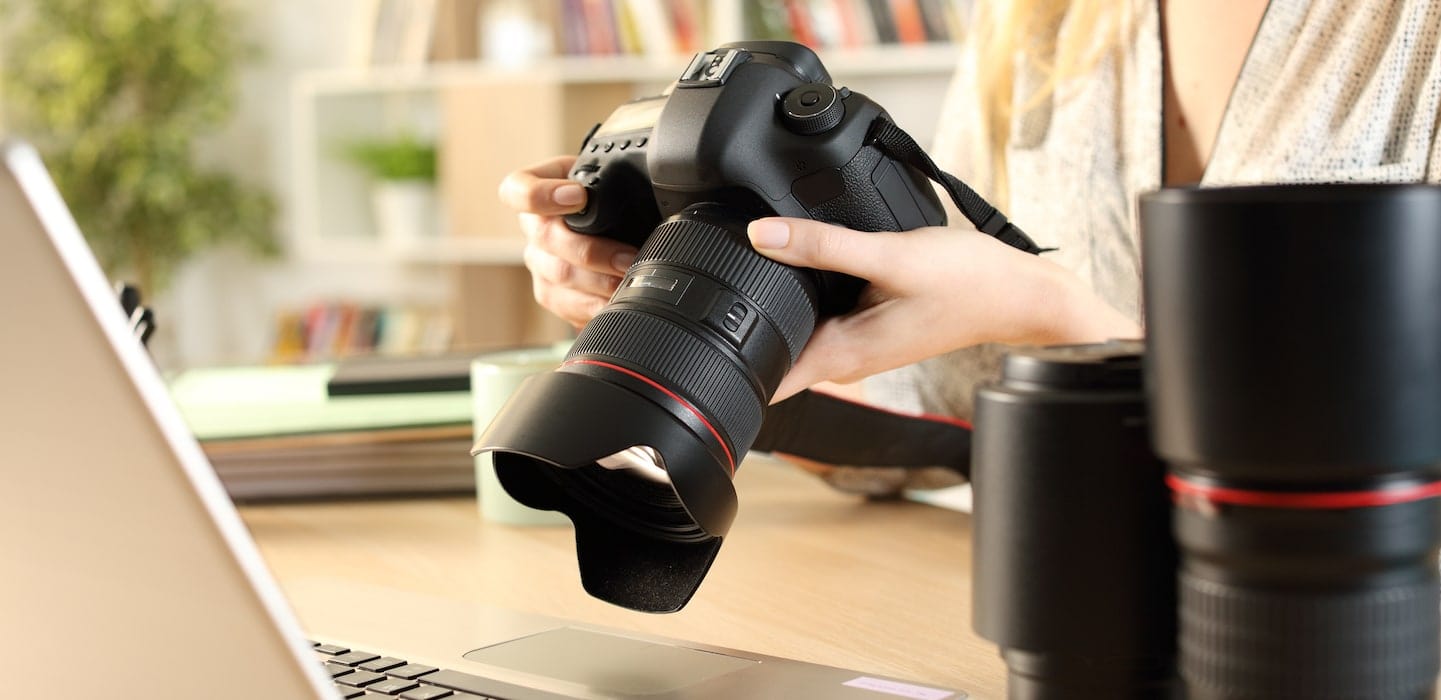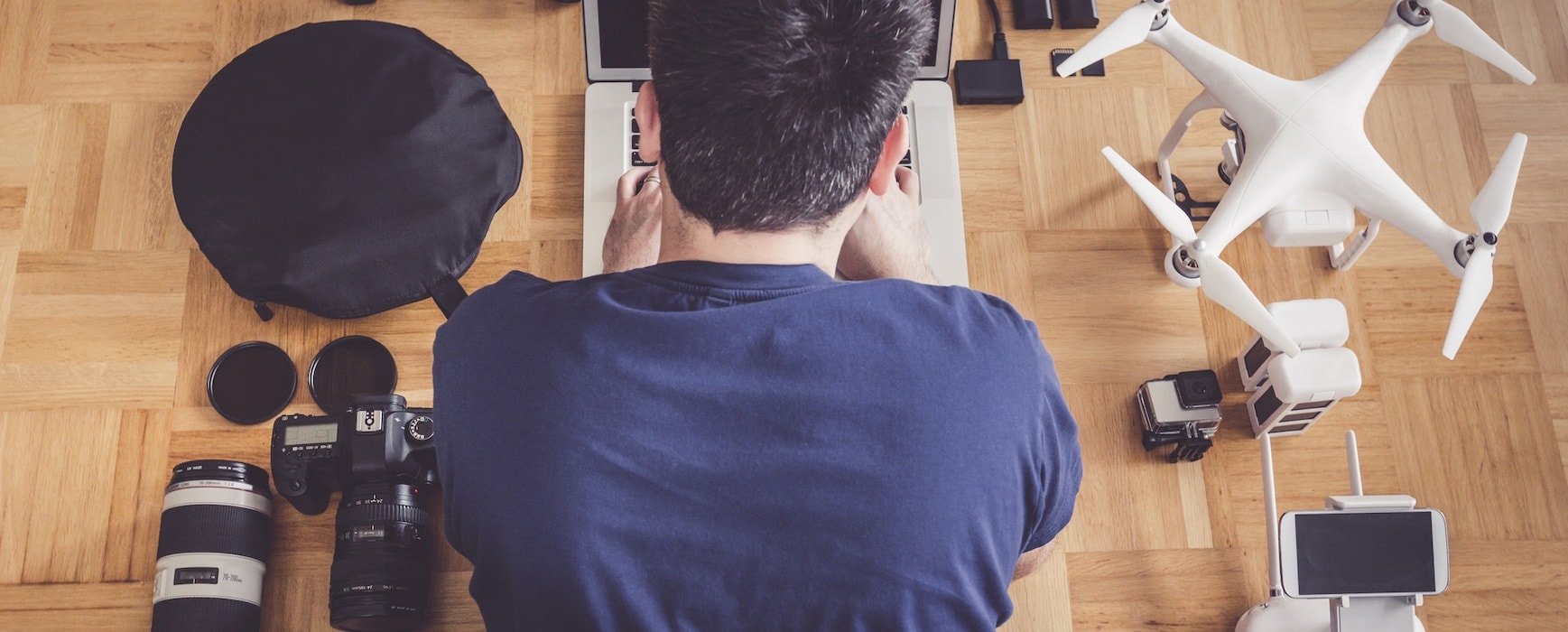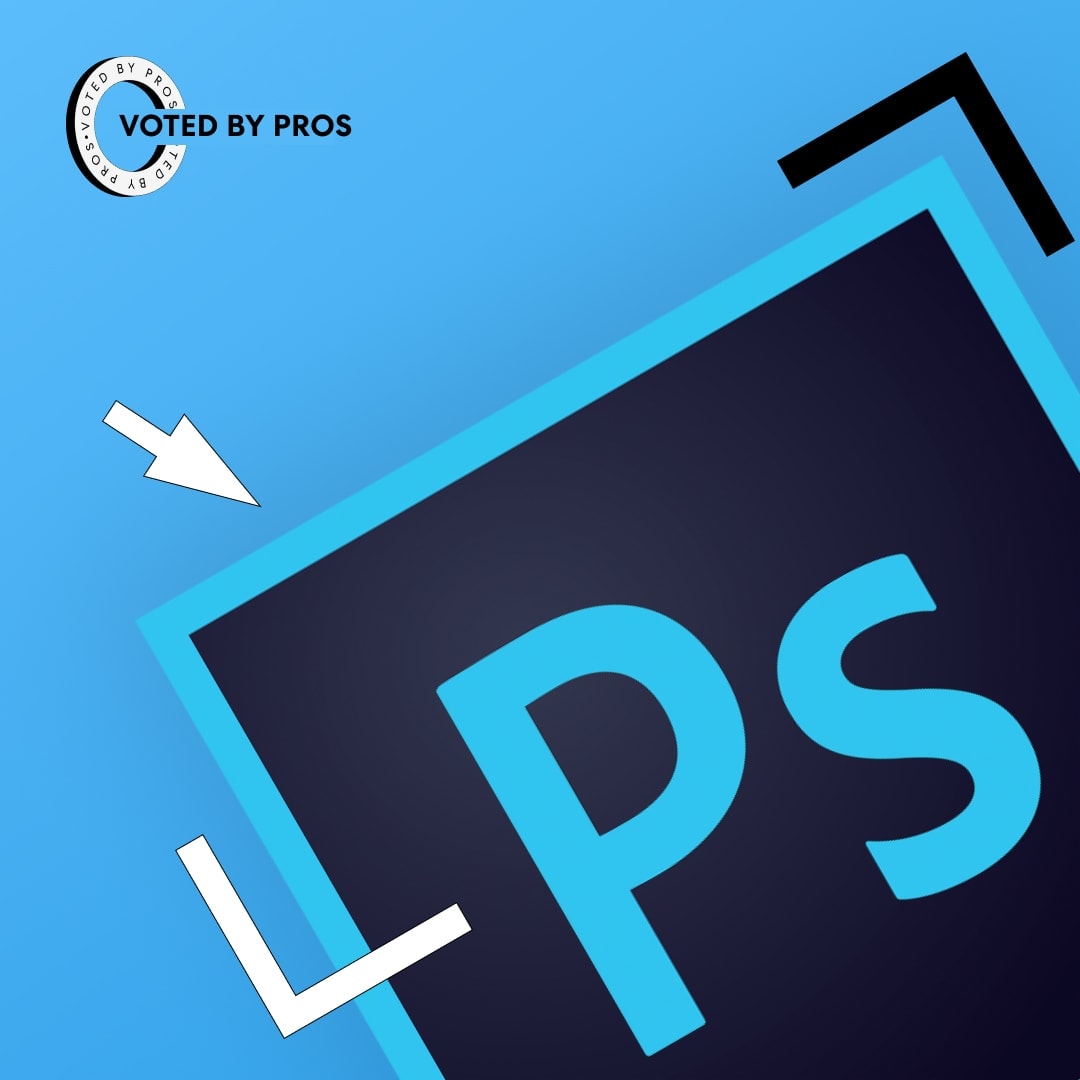Photographers are a unique type of artist. Their art form relies heavily upon the professional photography equipment they use. As with many art forms, investing in the materials and equipment is key. The quality of photos increases significantly with the quality of the camera lens.
Thus, as a photographer, you need to be sure to have your camera (as well as the rest of your equipment and gear) covered in the event of a mishap whether it’s damaged, lost or stolen. By having a protection plan in place, you won’t be as impacted by additional business expenses if (and when) something happens.
Camera insurance & inland marine
Camera insurance, or (more broadly) business equipment insurance, falls under the umbrella of inland marine insurance—a type of business insurance that covers goods and equipment that you take with you from job to job.
It seems like an odd type of insurance coverage, doesn’t it? Inland marine yet for camera equipment?
Let’s do a quick backtrack of insurance terminology. We understand that this industry is full of complex topics; we want to make sure you’re on the same page as us.
Inland marine insurance coverage is a type of “marine insurance” which is simply called “transportation insurance.” Inland marine insurance originated as people needed a way to protect their cargo aboard ships once they came into port. As such, marine insurance is then split up into two categories:
• Ocean marine insurance
• Inland marine insurance
Make sense? Ocean marine insurance covers cargo aboard large cargo ships, vessels, carriers, and more during transport across mass bodies of water (i.e., the ocean). Inland marine insurance is then “inland” transportation insurance. Traditionally, inland marine insurance covers equipment in transit on land, hence the name.
At Thimble, our goal is to simplify business insurance and inland marine is no different. We know that businesses need equipment insurance that covers the things that move with them, not just during the trip to the job site. That’s why Thimble’s Business Equipment Protection is insurance for the equipment you own and use for work.
Does inland marine insurance cover more than your camera?
As a professional photographer, you probably have a large collection of equipment as different jobs and shoot types that require different equipment. And, often advancing in your career means purchasing more equipment (specifically, more expensive equipment).
A photographer might want to insure the following:
• Their camera (above all else)
• All the different lens types
• Tripod or monopod
• Camera bag
• Lighting equipment (lights, reflectors, light stands)
• Backdrops (black & white, scenic, props, etc.)
• Computer and hard drives
• Industrial printer
With inland marine insurance, you can cover all the photography equipment that you travel with. However, for equipment which stays in your studio, like an industrial printer, this won’t be covered.
But this doesn’t mean that your industrial printer can’t be covered.
Inland marine insurance vs. Commercial property insurance
While inland marine insurance covers your equipment at or going to a photoshoot, a different type of insurance is needed to protect your stationary equipment at an office or studio. This is where commercial property insurance joins the conversation.
Commercial property insurance – This type of insurance typically comes with a specific address listed on the policy. So, any damage, theft, or vandalism of your equipment that occurs at that address will be covered. Natural disasters can also be covered (fires, tornados, “acts of God,” etc.).
Inland marine insurance – This type of insurance will cover the equipment when it leaves the commercial property address and travels with you. From looking at these two types of policies, you can see that photographers are more likely to fall under inland marine insurance. However, not in all cases, and not for all equipment.
Other types of insurance for photographers
While it’s great to have camera insurance to protect your equipment that travels with you, and commercial property insurance to protect your business equipment that stays at your studio, there are some other types of business insurance worth considering. As a budding business, you need to make sure that you’re protected so you can focus on growing your business. That’s where the following can come in handy:
General liability insurance
This type of insurance should be considered essential for photographers and videographers. Because you will be hired by clients (or third parties), general liability insurance can protect you and your company in the case of third-party property damage or bodily injury, as well as any resulting medical expenses and legal defense fees that arise.
Professional liability insurance
Commonly referred to as errors and omissions insurance (E&O), professional liability insurance covers you in the event that a client makes a claim of professional error (advice gone wrong, negligence, breach of contract) that resulted in financial loss.
Commercial auto policy
If you’re using your car as your main means of transporting your equipment, you may also want to consider a commercial auto policy. These policies help small businesses cover their vehicles should any collision, damage, or vandalism occur, or should their vehicle be stolen.
Workers’ compensation policy
If you need a few crew members on set and you’re the one hiring them, you’ll need to cover them with a workers’ compensation policy. (Note, workers’ comp can be tricky and there are some exemptions. Make sure you understand the various workers’ comp exemptions to protect your business.)
Of all the above, when starting any photographer business, both general liability and professional liability insurance give you the best in risk prevention. For this, there’s Thimble.
On-demand photographer insurance
Thimble’s Photographer Insurance is designed for photographers who need on-demand coverage. What does this mean?
The insurance policy you choose is on when you’re working, and off when you’re not. This way, should a lull occur (or if you want to take a much-needed vacation), you’re not paying for an insurance policy during the time between gigs.
Photography insurance via Thimble will help protect you in the event of:
• Bodily injury
• Third-party property damage
• Medical expenses
• Defense costs
• Errors and omissions
There are $1 million and $2 million policies available, and the cost difference between the two is marginal. This means you can double your coverage without breaking the bank, especially if you’re shooting at a location you know might be more dangerous.
Plus, if you need to include Additional Insureds or grab another Certificate of Insurance (COI), it’s free to do so. To get covered, all you need to do is input a few details, and voila, you can have proof of insurance in seconds.
Don’t wait. Combine your photography skills with both camera insurance and photographer insurance for a long and successful career. That’s photography done right.











